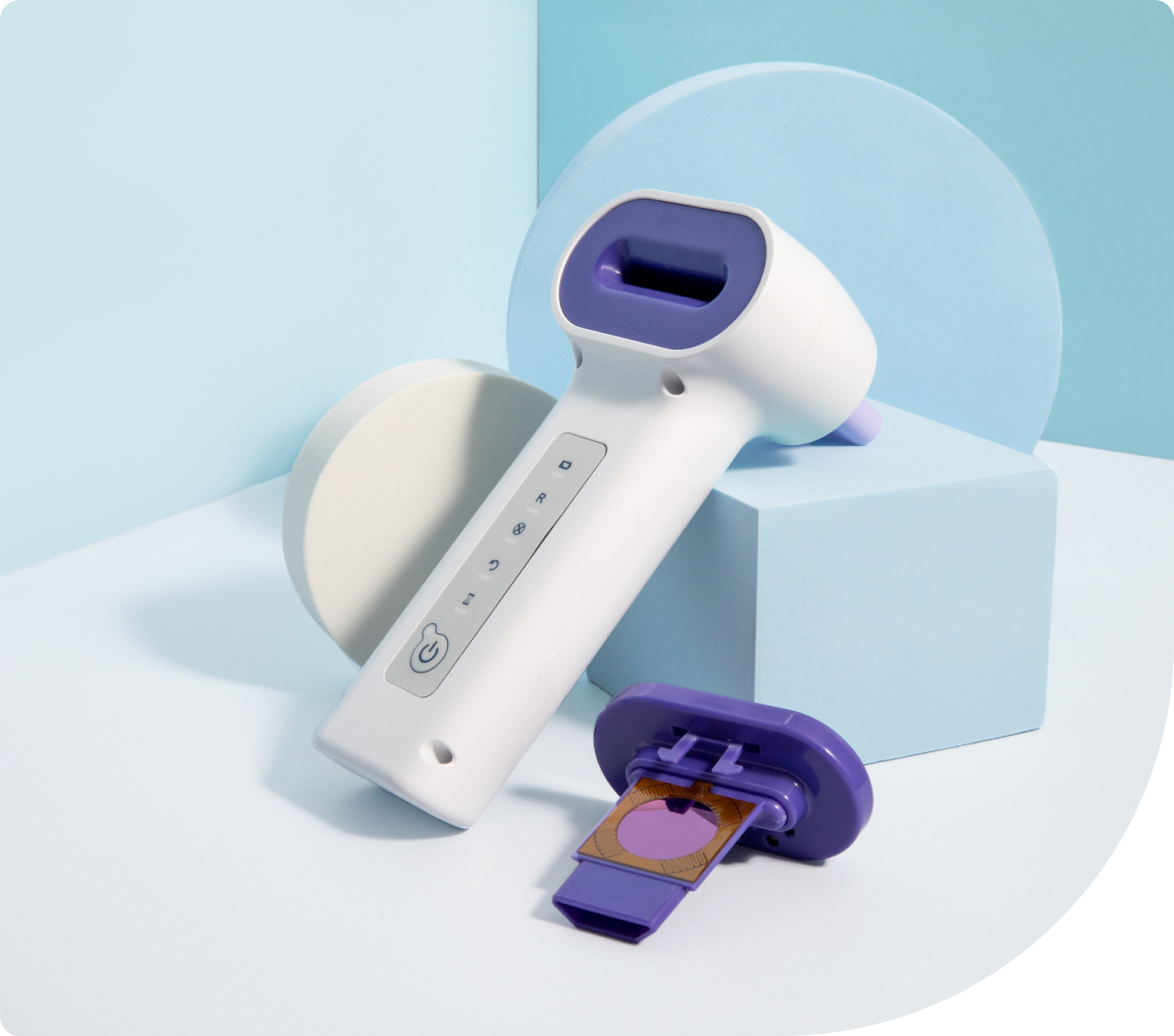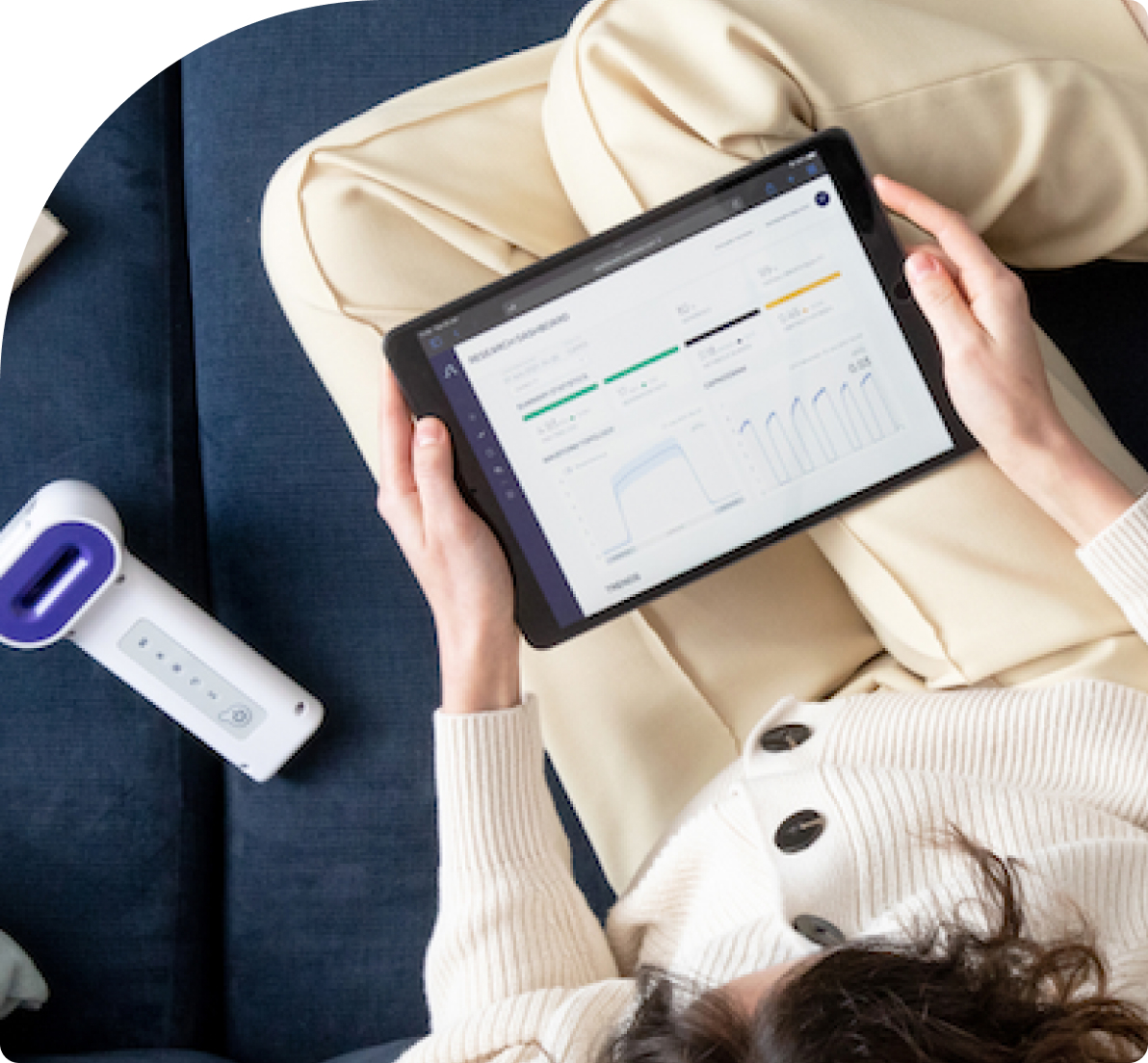Remote patient monitoring with N-Tidal digital biomarkers
A powerful CE-marked remote patient monitoring solution that enables sensitive quantification of lung physiology in obstructive airway conditions, powered by first-in-class sensor technology.
Sensitive detection of airway obstruction
Leveraging a revolutionary new patented sensor technology, N-Tidal Capture performs real-time geometric analysis of CO2 breath waveforms to provide highly sensitive quantification of lung function, from relaxed breathing in minutes.
Relaxed breathing through the N-Tidal Handset, containing our CO2 sensing technology.
Automatic 4G data transfer.
Real-time digital biomarker generation on cloud
TidalSense AI engine
N-Tidal Diagnose
Diagnostic AI dashboard
N-Tidal Capture
Remote monitoring dashboard


N-Tidal® Capture
N-Tidal® Capture is a CE-marked, remote patient monitoring solution for obstructive airway conditions (such as asthma and COPD), providing clinicians with real-time access to N-Tidal obstructive airway biomarkers via our clinical dashboard. N-Tidal Capture is registered in the UK (MHRA) and EU (Italian Ministry of Health).
- Patients use the N-Tidal device up to twice a day before routine inhalers (or as prescribed).
- Data is automatically uploaded by N-Tidal via mobile networks and processed into N-Tidal biomarkers in real time
- Clinicians can visualise longitudinal patient physiology data on the N-Tidal Capture dashboard.
Accessible by Design, Intelligent by Nature
The N-Tidal handset requires relaxed breathing only, making it suitable for all ages from small children to elderly patients, and those with severe respiratory illness.
N-Tidal works out of the box. No wifi, pairing or bluetooth required. Simply turn on, press play and breathe.
Ergonomic design, informed by patients, makes the N-Tidal handset easy to hold, clean and look after. N-Tidal has been tested on patients with a range of disabilities.
Long battery life means you only need to charge the N-Tidal handset every two weeks, for personal use for longitudinal monitoring.